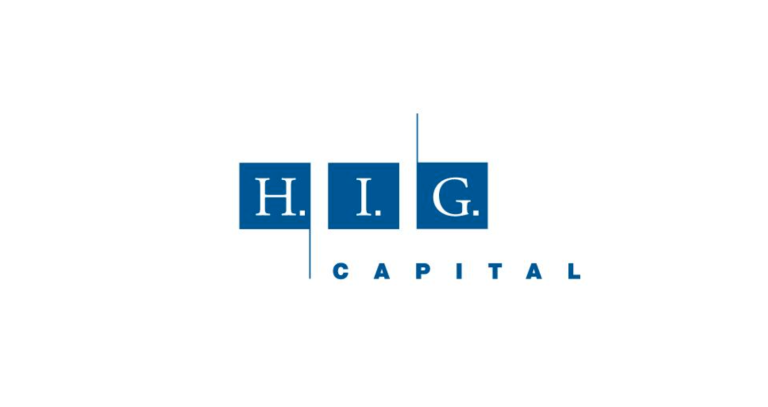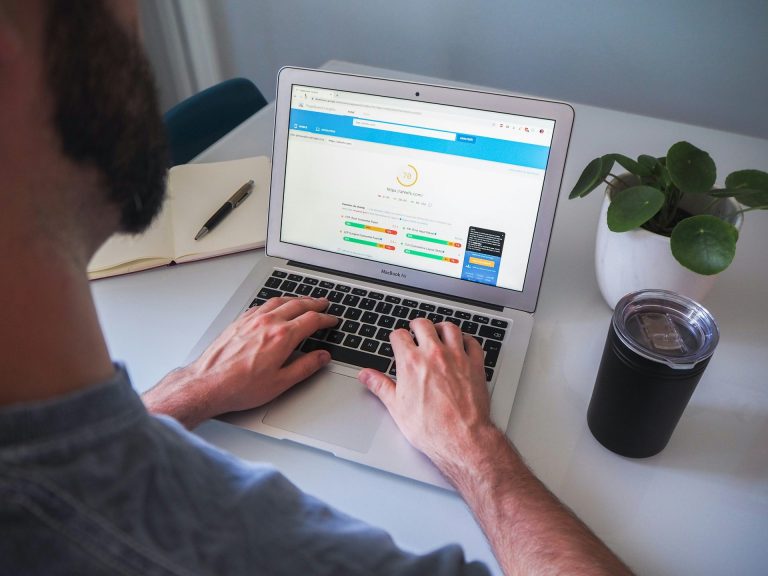Once again, Solana (SOL) is in the news, struggling with a significant price drop as rumours of recovery brew on the underbelly of giant whale deals. The native token of Solana crashed by almost 7 per cent in the last 24 hours, and the currency was valued at around $220.
This slump, caused by technical crashes and declining on-chain momentum, put investors on the watch, as it is unclear whether it is a one-off spike or the beginning of more significant corrections.
Nevertheless, even in the dark, interesting trends, such as corporate treasuries turning a corner on the move to forward pricing projections, are creating the image of stability and unrealised potential of the high-speed blockchain.
With blistering transaction speeds and minimal fees, Solana has been a formidable competitor to Ethereum for a long time. However, the recent news highlights both sides of the two-sided nature of its popularity, explosive expansion and vulnerability to market trends.
As economic unpredictabilities remain a worldwide concern and the regulatory oversight is gaining strength, the crypto economy is preparing to be hit. In the case of Solana, the ante is especially high, and its ecosystem is full of decentralised finance (DeFi) architectures, non-fungible tokens (NFTs), and meme coin mania, which may either send it to the moon or bury it inside the earth.
Price Plunge Exposes Vulnerabilities in Solana’s Technical Foundations
It began with the opening of the day when Solana price action created an impact in both the trading floors and on the internet forums. SOL has broken important support levels and dropped to $219.70 in the middle of the day after hovering around the desirable $240 throughout the week.
This was a resounding drop below the 23.6% Fibonacci retracement at 237.35 and the pivot point of about 238, triggering a wave of automatic sell orders, which increased the fall. Traders have blamed the decline on a combination of factors. To begin with, the wider market crash, led by the jerks at Bitcoin itself, resulted in a ripple effect in the altcoins.
The traffic crises faced by Ethereum, on the contrary, did not push the traffic towards Solana, with risk-averse investors withdrawing in large numbers. On-chain indicators are rather dire: the number of addresses that are actively used dropped 27 per cent in the last week, to 2.6 million and then to only 1.9 million, indicating a decline in user activity.
There is also the matter of closed interest in perpetual futures, and the heavy outflow of interest is also at 126.8 million, which highlights a lack of confidence amongst leveraged participants. There is disagreement among the technical analysts.
The token is perched now above a critical $214-220 consolidation area, an upward trendline followed since April lows, which offers a tentative floor. Rejections, though, at 240 are pointing to buyer fatigue, and a funding rate on perpetuals of a low +0.0074% is an indication of hope, albeit with a sell-side liquidity concern.
Should this support give way, pundits are threatening to see the market slip down to the 200 level, another psychological level that would challenge the strongest of bulls. On the other hand, a resolute close over $236 may trigger short-covering booms, and this may quickly recover the lost territory.
This is not the first volatility of Solana. The record of outage in the network, albeit the decreasing frequency in the past three quarters, is still looming large, hollowing self-esteem in times of recession. Solana is like a sports car, in that it’s exciting until the engine hacks. The volume of transactions is still strong relative to its counterparts. The question is, can these natural efficiencies of the chain hold back the tide?
Whale Inflows Stir Speculation of Imminent Rebound to $260
An even more substantial change in the conduct of the large-holders provided a glimmer of hope as the panic selling among retail holders took place. The blockchain detective, Whale Alert, which monitors mega-transfers, was flashing messages about over 2.5 million SOL, estimated to be worth over $ 836 million, deposited in Binance through various tranches.
Simultaneously, in another parallel move, $54 million of the token deposited at Coinbase Institutional was used for advanced portfolio rebalancing, rather than dumping. The manipulation of the tens of thousands of SOL addresses is the target of such manoeuvres, which puts an accent on the disproportionate power of whales in crypto markets.
Quite on the contrary, such inflows usually predict liquidity injections that stabilise and even drive prices upwards. This is seen by analysts as whales setting up to buy at a dip, given that the derivatives market in Solana is cautiously bullish in its positioning. The OI weighted funding rate is positive and is tempered, minimising the fear of cascading liquidations that bedevilled previous corrections.
This has the potential to trigger a backlash, with history being the judge. The price trend of Solana shows that there have been whale-like recoveries with comparable accumulations in July and a 40% increase. Focus has shifted to the 260-resistance, which will not only negate the current losses, but it will also threaten to break the recent highs.
To see the upside happen, however, the $214220 zone will need to stand firm. A violation in this regard may prolong volatility, attracting opportunistic shorts and increasing the agony. According to one market observer, whales do not play this much SOL just to have fun; they are betting on the bounce.
This operation is reaching a key point in the ecosystem of Solana. As the overall value of DeFi locked TVL reduces by a minor margin to 4.2 billion with the rout, a new wave of whale confidence can lead to a resurgence in lending protocols and yield farms.
Meme coins such as BONK, which operate on Solana due to its low-cost environment, have already given signs of life with their trading volumes surging 15 per cent in the past hour. Whales taking up on-ramps to the end will see a wave of retail FOMO add fuel to the fire.
Forward Industries Reinvents Itself as Solana’s Corporate Powerhouse
Forward Industries (NASDAQ: FORD) has transformed its identity radically into becoming the biggest institutional owner of Solana in a development that would potentially redefine corporate crypto adoption. The company was once a conservative product design and manufacturing company with roots dating back six decades, but in the early part of September, it made a breathtaking turnaround.
With a $1.65 billion investment from a top-notch digital asset investor in the form of a private investment in public equity (PIPE), Forward acquired 6.822 million SOL at an average price of approximately $ 231, totalling $1.58 billion in holdings.
This treasury is now in control of more than 1.25 per cent of the circulating supply of Solana, and is even larger than aggressive venture funds. In contrast to passive HODLers, Forward does not focus on passive management; they stake SOL to earn yields, invest in DeFi to generate more, and participate in on-chain governance to increase the value of SOL per share for stockholders.
Another move is in the offing with a potential 4 billion at-the-market (ATM) offering that would be used to make more acquisitions which can boost the war chest to a new level. The change in the boardroom is intriguing. Kyle Samani, the other co-founder of Multicoin Capital, a vocal supporter of Solana, was brought in as chairman, collectively supported by an observer-based team of crypto-savvy individuals, including representatives from Galaxy Digital and Jump Crypto.
Such an inflow of experience is an indication of Forward’s desire to combine traditional finance and blockchain, using the scalability of Solana in real-life use cases, such as tokenising the supply chain. The timing is challenged by critics, whose eyebrows are lifting over overexposure by SOL. However, its supporters celebrate it as an endorsement of the sustainability of Solana.
It is not speculation; it is strategic infrastructure, which Samani commented on in one of his recent interviews. Just like MicroStrategy and other corporations have done with Bitcoin, Forward might trigger a tide of SOL treasuries, increasing its liquidity and validity. In the case of Solana, it is a blessing: a larger inflow of institutions will reduce volatility and provide ecosystem grants, which will speed up the creation of dApps.
Analysts Eye $250–$300 SOL in 2025: Growth vs. Ghosts of Outages Past
Looking out of the turbulence of the present, analysts are optimistic about the direction of Solana in 2025. Analysts predict that SOL can be in the range of $250-300 by the end of the year, which suggests that it may increase by 15-35 per cent of its current value.
It depends on the explosive growth of the ecosystem: meme coin mania, where tokens such as BONK post triple-digit returns, and a NFT resurgence would attract artists and collectors to the markets of Solana once again. The other pillar is developer zeal.
Applications have increased at a rate of weekly and dApps keep being launched due to Solana finalising transactions in less than a second and fees around a penny, which is a notable contrast to Ethereum Layer 2 patchwork.
The network is humming with transaction throughput of millions a day, and institutional tail winds are growing. Hedge funds and VCs are making increased exposure and rumours of SOL ETF approvals at large custodians only fanned the fire.
No rose-colored vision, however, is thorn-blind. The unstable history of Solana, which paralysed the trading market hours, still hangs over the network, and could frighten new entrants in case it becomes unreliable. The L2 scaling of Ethereum is a competitive threat, maturing quickly, and cutting into the market base of Solana in DeFi TVL.
Widest macro headwinds, in the form of interest rate increases or geopolitical flare-ups, could subprime a complete bull run. Intrepid merchants buy futures under new presales and are looking at 100-fold prospects in untested layers.
Nevertheless, the trend is in favour of the bulls. Solana has an Ethereum-alternative position, which positions it for massive returns. According to one observer, it is not only that SOL is just surviving but that SOL is also developing.
Solana Co-Founder’s Stark Quantum Warning Rattles the Crypto Establishment
To further introduce an element of existential drama, Solana co-founder Anatoly Yakovenko broke the news at the All-In Summit 2025: Bitcoin and the crypto ecosystem as a whole have five years to prepare against the risk of quantum computing.
Addressing a crowd of people, Yakovenko cautioned that the development of quantum technologies would break elliptic cryptography-based blockchains, the foundation of most of them, and expose wallets and signatures to attacks.
Solana Supersets Solana has been leading in this and added post-quantum primitives, he claimed, boasting of the nimble upgrade path of the chain. By comparison, Bitcoin has a daunting split to make to move, which will likely divide its community. Ether and others need to do the same; otherwise, a quantum winter will put trillions of assets at risk.
The comments spread like wildfire among the developers, with discussions on the topics of urgency and hype. Although quantum attacks are theoretical, the pace is expedited by the development of nation-states, with China and the U.S. being the first to innovate. To Solana, it is a marketing victory, and this brings out its advantage in innovation. It highlights, however, one of the most universal truths: in crypto, tomorrow, tech will be survival.
With the sun going down on September 23, Solana is a land of crossroads. The stock plunge hurts, but whale purchases, corporate hugs, and prophesies bode better times. When fortunes change hourly in the market, one thing is sure: Solana is not ending yet. Buckle up, investors–the ride is warming up.












 Bitcoin
Bitcoin  Ethereum
Ethereum  Tether
Tether  XRP
XRP  USDC
USDC  TRON
TRON  Lido Staked Ether
Lido Staked Ether  Cardano
Cardano  Avalanche
Avalanche  Toncoin
Toncoin  Solana
Solana